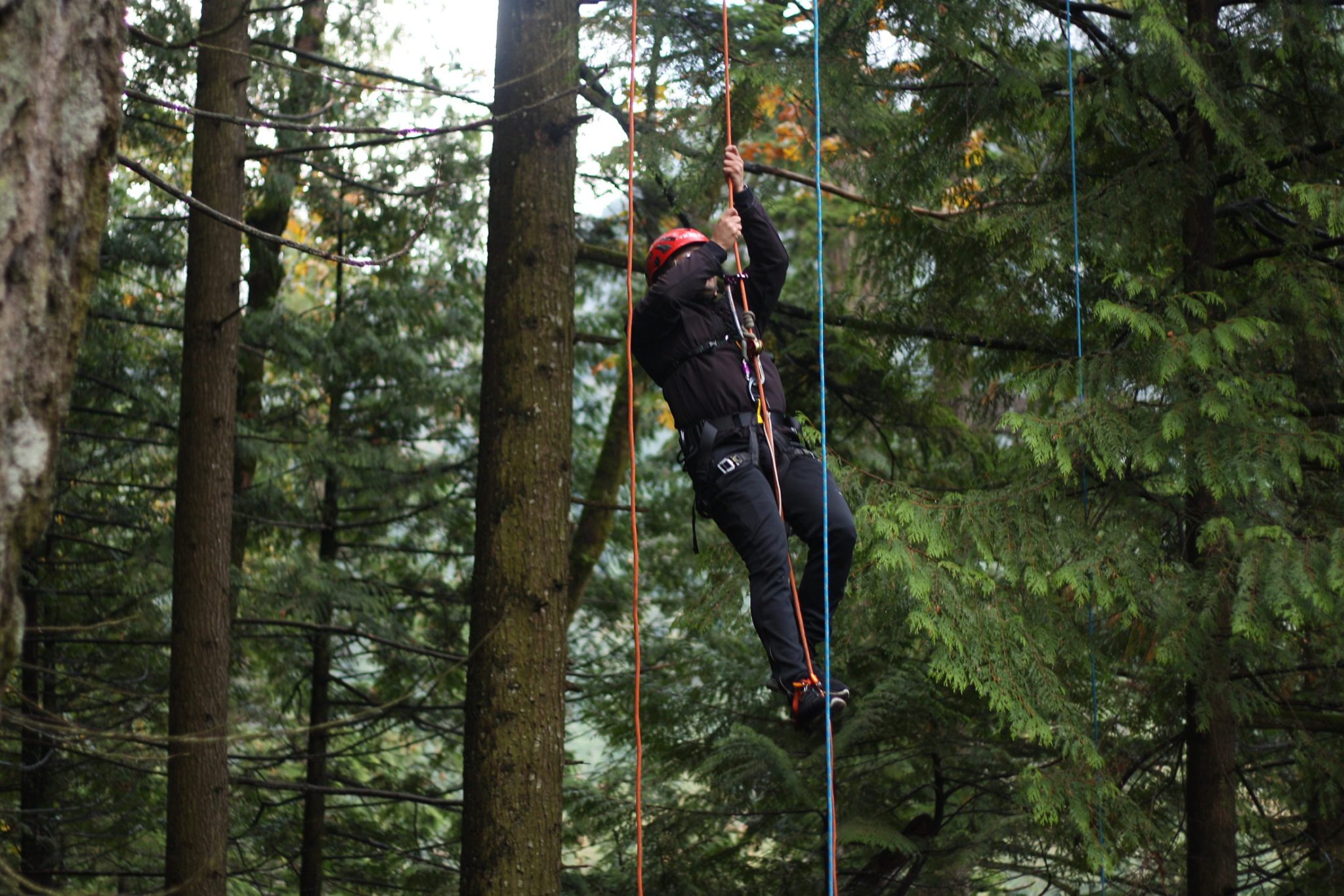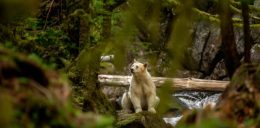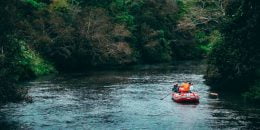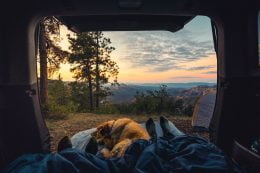Protecting British Columbia’s Ancient Forests with Matthew Beatty

How to Protect Canada’s Ancient Forests
There is very little in this world that beats the feeling of stillness in Canada’s ancient forests. From the soft moss under foot to the light shimmering through the canopy. The grandeur of the trees and the ecosystems they support are both magical and crucial for life.
Old growth and ancient forests can be found around the world. But they are few and far between. As Canadians, we are lucky to have the temperate rain-forest in British Columbia where much of Canada’s ancient forest remains.
We say ‘remains,’ because what we have today is much less than what we originally had.
Our Responsibility
Today, the responsibility for conservation, protection and advocacy falls upon us! Those three words may sound as though they have a ton of responsibility attached to them. In reality, our individual contributions don’t need to be massive.
That being said, we teamed up with our Local, Matthew, to illustrate a few small things you can do to help preserve our life-giving, ancient forests!

From @expeditionoldgrowthcanada on Instagram
From Local, Matthew:
“We’re at a major turning point in the history of our species when it comes to the ecological integrity of our surrounding natural environments. Encouraging people to consider all of the natural systems on Earth are connected, and the stability of these systems is reliant upon one another, is important.
However, overall, forests play an integral role in carbon sequestration and storage, supporting wildlife and habitat, the creation of oxygen and endless social, psychological and cultural benefits provided to the human race.”
Who is Matthew?
Matthew has always had a passion for the forest, or at least since he was young enough to recall time spent outside and camping with his family. However, it was amplified when he moved to the West Coast in 2004.
Blown away by the size and grandeur of the trees, Matthew decided to return to school to better understand them and why so few remained. He chose to study arboriculture which caused his awareness of – and passion for – the state of Canada’s ancient forests to grow exponentially.
He hopes to merge adventure with education and conservation by providing unique climbing experiences into the uncharted canopies of the Pacific Rainforest.
Alongside the Expedition Old Growth team, Matthew aims to mobilize people to get behind conservation movements, improve their quality and understanding of life and encourage them to make a difference for the lives of others.
So, what can we do to help preserve and protect Canada’s ancient forests?
The Yervana team learning about non-destructive tree climbing techniques on Matthew’s Canopy Adventure
How to Help
1- Get Outside
As Matthew says, “stay wild!”
Get dirty, have fun and begin to educate yourself. By getting outside, you will begin to understand your environment and consider the real risk of mismanaged natural systems.
Take the time to familiarize yourself with the feelings of being in an old growth forest. How does the air taste? What smells overwhelm your senses? What wildlife do you encounter? Do the sounds of old growth forests feel different to you?
Getting outside will also introduce you to others who have similar passions for the outdoors. These are the people you can source when you have more questions or have a desire to get outdoors with a buddy!
2- Talk About It
Supporting your environment on a day-to-day basis is easy when you just talk about it. Sharing is caring, after all! Share your opinions, share your thoughts and try to help people understand what’s really at stake.
If you’re looking to define what you want to talk about, consider going on a Canopy Tour Adventure with Matthew. He can answer any burning questions you might have while teaching you about some new things you might never have considered.
From Matthew:
What is an old growth forest?
Generally speaking, a stand with varied age groups, structural complexity and species diversity and less stems per hectare (in comparison to transitional forests or plantations that make up the majority of British Columbia). You can find fragments of exceptional primary forest speckled across the Lower Mainland, in parts of interior wet belts and on Vancouver Island.
3- Support Organizations and Representatives
By supporting organizations and representatives who are doing the ground-work, you’re also supporting ancient forests. And you can support in many ways! Reshare posts and articles, tell your friends about them, volunteer, donate or engage on social media.
Some conservation organizations you can support in the Lower Mainland and on Vancouver Island are the Ancient Forest Alliance, the Sierra Club and the Wilderness Committee. You can also find more information and get involved with preserving big trees through the BC Big Tree Registry.
Furthermore, we encourage you to become more politically aware and to vote for representatives who make it a priority to protect our remaining intact systems. Your voice matters!

Matthew sits on the board for the British Columbia Big Tree Registry program, is the safety and training coordinator with Bartlett Tree Experts and is the BC Area Representative for Expedition Old Growth.






